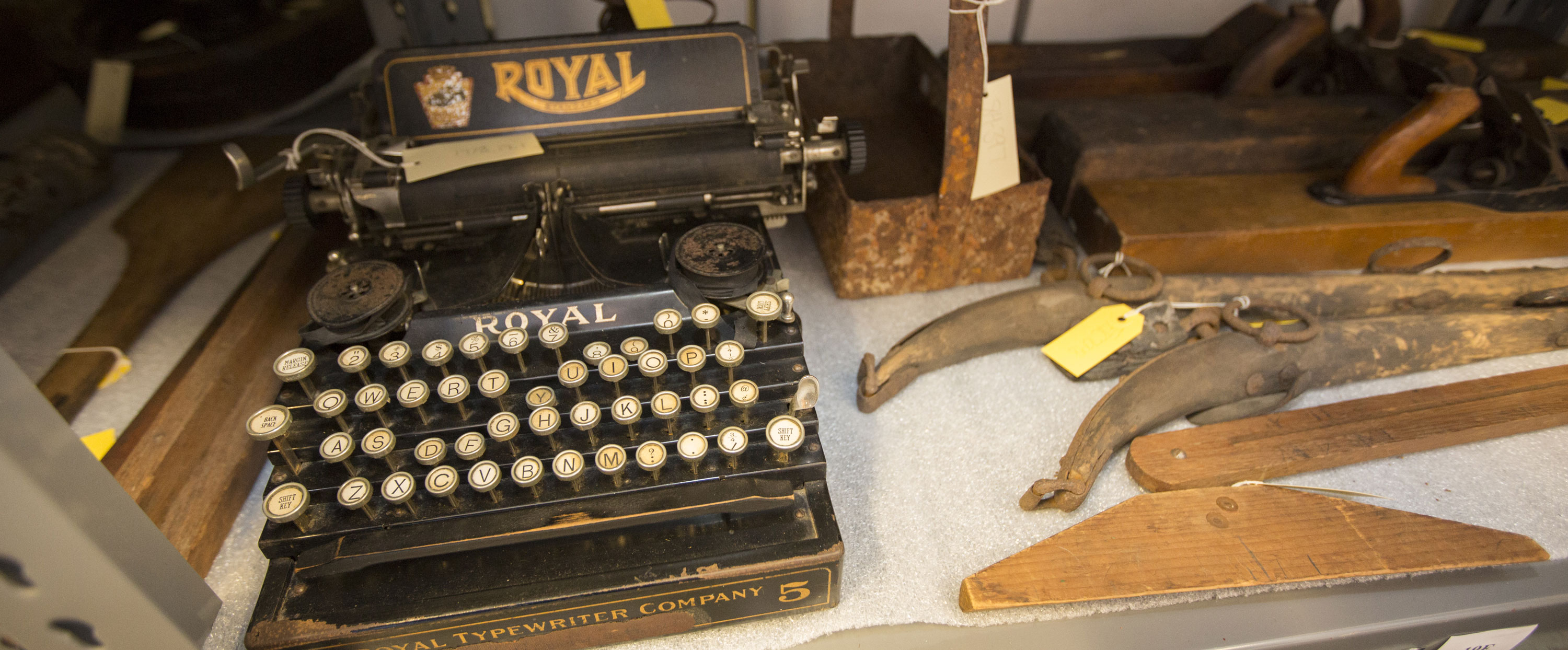Before the convenience of electric irons, smoothing one’s clothing and other textiles could come at great peril. Solid metal irons with metal handles, called sad irons, were placed directly in fire or on a stove. After heating, they were retrieved with a thick cloth and used to iron until they cooled and the process repeated. Unsurprisingly, picking up and wielding heavy, heated metal often resulted in serious burns.
The solution to this problem was a removable handle. The first iteration of this was a wooden peg that was inserted into the iron at a 90-degree angle after removing the iron from the heat. This succeeded in preventing more burns, but the angle of the handle made it difficult to use. Mary Florence Potts, a 19-year-old housewife and mother from Ottumwa, Iowa, improved upon the design with her own invention.
Mary’s handle was also wood, but the curve made it easier on the user’s wrist. Mary also adjusted the shape of the iron itself, from a triangle to pointed at both ends so that it could be used in either direction. This trivet, which held the iron when it wasn’t in use, reflects the new shape of the iron.
Mary patented her invention in 1870, and it was featured in the 1876 Centennial Exhibition in Philadelphia and the 1893 World’s Fair in Chicago. Mary Pott’s sad iron remained in heavy use until the electric iron became widely available.
This trivet shows the significance and popularity of this important innovation in domestic labor. Potts became a household name when trivets like this one were sold across the country and were personalized for the market in which they appeared, like this one in Dubuque.

